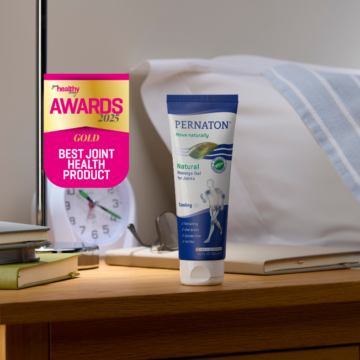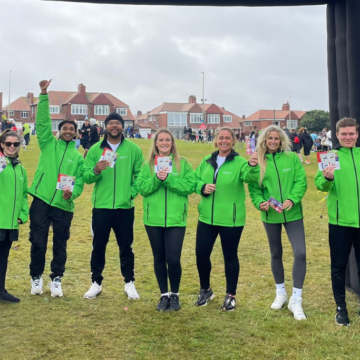Warming up and cooling down- it’s not a race

As spring slips into summer, many of us will start to take our workouts out of the gym and into the great outdoors. It can be easy to skip a warm-up; however, whether you’re an amateur runner, a 5K veteran or a marathon aficionado, we all need to remember to take the time to look after our bodies and help aid recovery, particularly when it comes to warming up and cooling down. It can reduce the risk of injury and help you to stay fit and active.
Before you begin your activity, you should first start with light cardiovascular exercises (exercises that increase your heart rate) and stretches to help ease your body into your workout. Your warm-up should last at least 10 minutes, but it can be longer if you feel the need. It’s a good idea to build the level of activity, so starting with low impact exercises such as marching on the spot and knee lifts and then leading into higher impact activities such as jogging.
After you’ve exercised, it’s important to spend at least 3-10 minutes cooling down. This promotes recovery by allowing your heart rate and breathing to return to normal and decreases the risk of muscle or joint soreness.
We’ve put together a list of the benefits of warming up and cooling down:
Warming Up
Increases heart rate
You should start with a gentle warm-up and gradually increase the intensity of it over a period of 10 minutes or more. This is important because it gradually raises your heart rate, increases body temperature and improves blood circulation, ultimately leading to a more efficient workout. If you launch straight into a workout without warming up, it puts pressure on your heart and can lead to injury.
Reduces risk of muscle injury
If done correctly, a good warm-up helps prevent physical injury by loosening your joints and improving the blood flow to your muscles. This helps to oxygenate and prepare your body for more strenuous activity, whilst increasing length and elasticity of the muscle tendons, making them less likely to tear or twist.
It’s important to focus on stretching the muscles you’ll be using for your upcoming workout. For example, if you’re running then you should focus on warming up your legs or if you’re playing tennis you should give more attention to your arms and shoulders.
Improves performance
A warm-up serves two purposes: the first is to avoid injury and the second is to improve performance. During the warm-up, your body temperature increases, which helps loosen your muscles leading to better contraction, relaxation and efficiency.
Cooling Down
Decreases muscle soreness
It’s common to feel a bit sore or stiff after exercise. Delayed onset muscle soreness (DOMS) usually develops approximately 8-24 hours after intense exercise and can be painful for around 1 to 3 days post-workout. Whilst it’s difficult to avoid the onset of DOMS, it is possible to lessen your discomfort by cooling down after your workout. For example, going for a brisk walk for 2-3 minutes or gently stretching can help.
Helps to lower your heart rate and breathing
Whilst your warm-up increases your heart rate and warms the muscles, the aim of the cool down is to bring both down. This allows your heart rate to reduce, your breathing to return to resting rate and prevents fainting and dizziness.
What are your favourite warm-up and cool down exercises? Please share your comments with us on our Twitter or Facebook or Instagram.
At Pernaton we support you keeping active, getting outdoors and doing the things you love. Our pain-relieving gel is formulated with completely natural ingredients, supplying your body with essential nutrients to support joint function and relieve pain.
Related Posts


